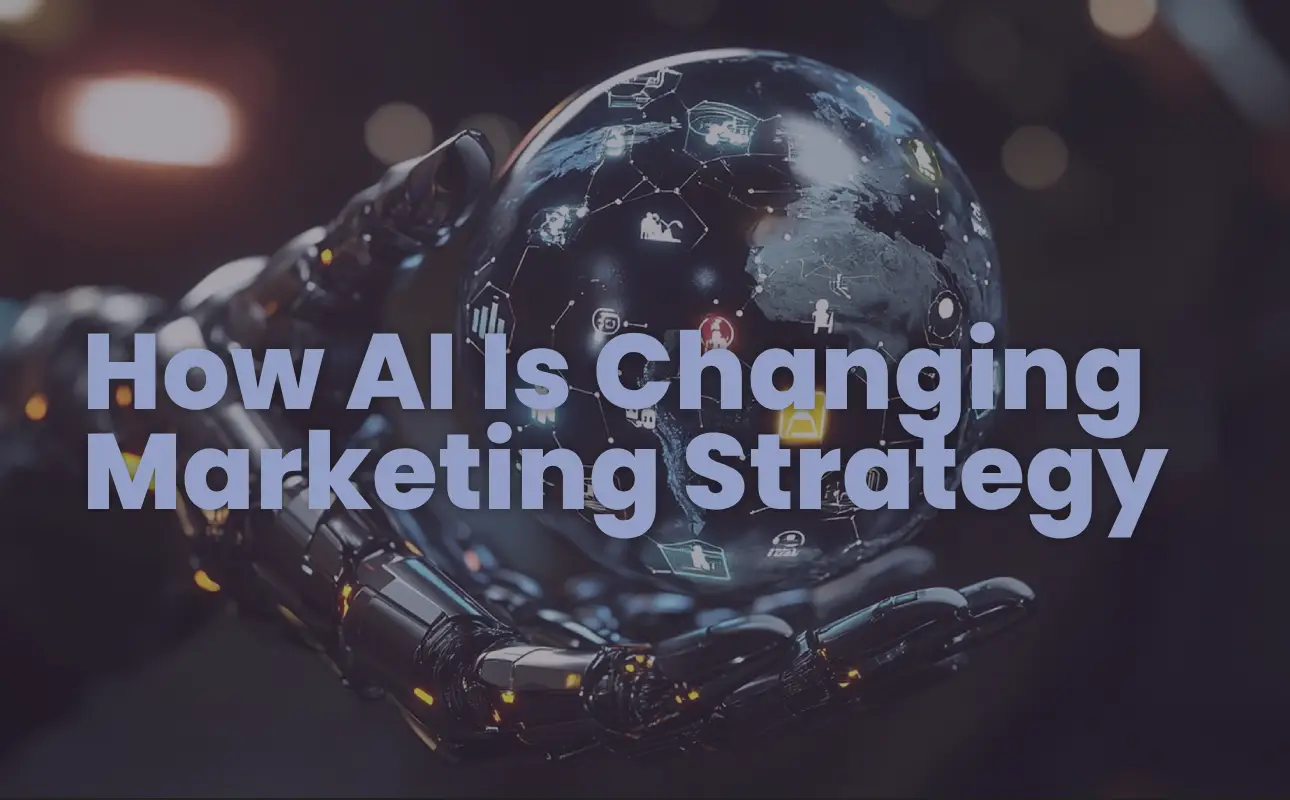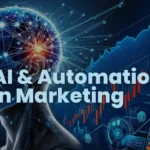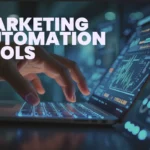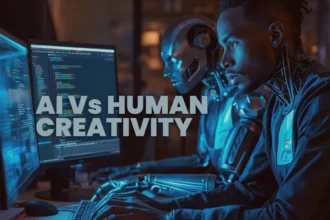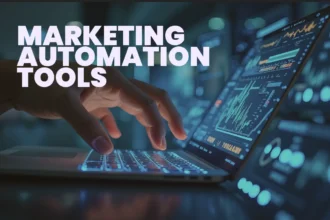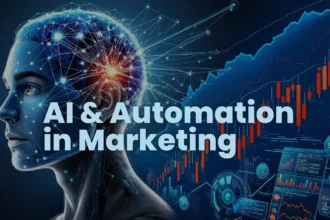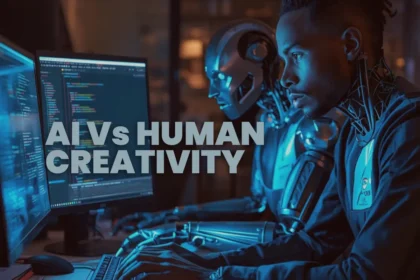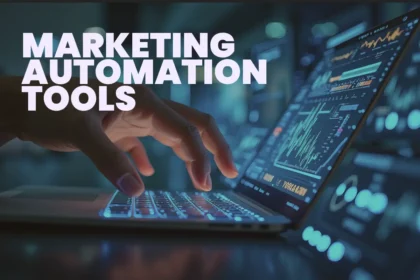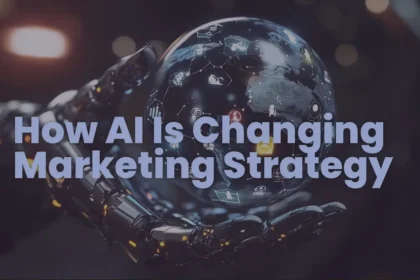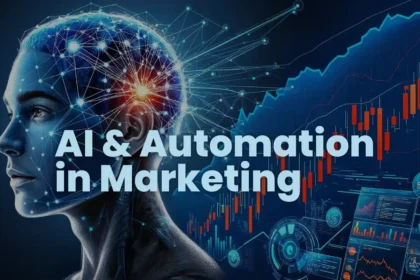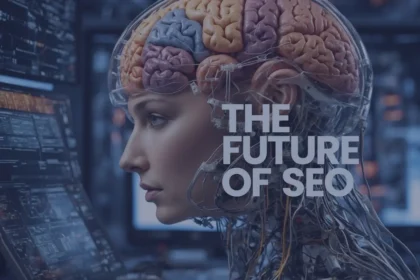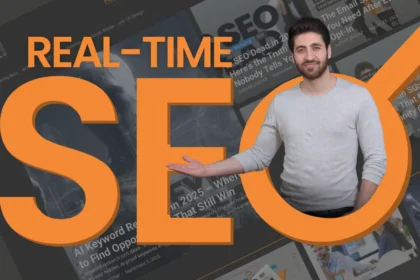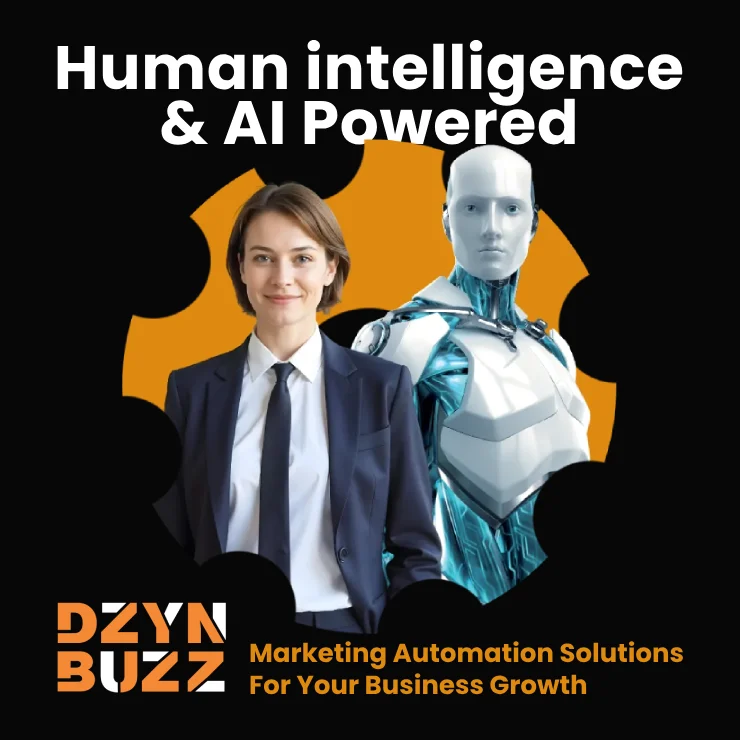The New Era of AI Marketing Strategy
The landscape of marketing has changed more in the last five years than in the last fifty, and the catalyst is clear: AI marketing strategy in 2025. Businesses are no longer relying solely on intuition or past campaign results. Instead, they are embracing artificial intelligence to design smarter, more predictive, and more personalized strategies that align with today’s fast-changing consumer behaviour.
From chatbots that never sleep to predictive analytics that forecast customer needs before they’re even expressed, AI and automation in marketing are rewriting the rulebook. If you’re building your marketing roadmap for this year, understanding how AI is shaping strategy is no longer optional but it’s has become essential.
Why AI Marketing Strategy in 2025 Is Different
In the past, strategy meant setting goals, defining audiences, and launching campaigns. But in 2025, AI marketing strategy is dynamic and self-optimizing. Key shifts include:
- Predictive over reactive → AI forecasts outcomes, so brands act before competitors.
- Hyper-personalization → Campaigns adapt to individual behaviour in real time.
- Automation at scale → Teams focus on creativity while AI handles execution.
- Integrated decision-making → AI systems pull data from CRM, ads, SEO, and sales to optimize every touchpoint.
Instead of spending weeks planning a static campaign, marketers now rely on AI systems that continuously learn and improve.
The Pillars of AI Marketing Strategy in 2025
1. Predictive Analytics for Smarter Decisions
Predictive analytics is the backbone of modern strategy. AI doesn’t just analyze what has happened but it also forecasts what will happen next. For example:
- Identifying churn risks before customers leave.
- Recommending the “next best offer” for upselling.
- Forecasting customer lifetime value.
Explore how this works in detail in Predictive Analytics in Marketing (Coming Soon)
2. Personalization at Scale
Gone are the days when “Hi [First Name]” was considered personalization. AI personalization goes far deeper — dynamically adjusting emails, ad creatives, and website content for each user. In 2025, personalization is not just expected, it’s demanded by consumers.
Learn more in Personalization at Scale: AI in Email & Ads (Coming Soon)
3. Workflow Automation in Strategy Execution
A great strategy falls apart without efficient execution. Workflow automation ensures that once decisions are made, campaigns run smoothly without bottlenecks. AI-powered workflows automate tasks like:
- Segmenting leads based on behavior.
- Triggering emails when specific actions occur.
- Updating CRM records in real time.
See practical hacks in Workflow Automation Secrets for Small Businesses (Coming Soon)
4. AI in Customer Experience
Strategy isn’t only about campaigns but it’s also about how brands interact with customers. In 2025, AI chatbots and agents deliver seamless, 24/7 support while collecting valuable insights that feed back into strategy.
Read more in Chatbots, AI Agents, and the Future of CX (Coming Soon)
5. Creativity and Human Oversight
One question keeps surfacing: if AI is running so much of the strategy, where does human creativity fit in? The truth is that AI accelerates creativity, but humans still provide originality, emotional depth, and storytelling. The most effective AI marketing strategies in 2025 combine machine efficiency with human insight.
Dive deeper in AI vs Human Creativity in Marketing
Case Study Snapshot: AI in Action
- Retail: Predictive analytics help retailers stock the right products ahead of seasonal demand.
- Healthcare: AI chatbots triage patient queries, reducing wait times and freeing up staff.
- E-commerce: Personalized product recommendations drive 20–30% higher conversions.
Each of these examples shows how AI and automation in marketing transform strategies into measurable results.
Key Benefits of AI Marketing Strategy in 2025
- Higher ROI → AI optimizes campaigns continuously, cutting waste.
- Faster execution → Automation eliminates delays in workflows.
- Better customer experiences → Personalization and chatbots make brands more human, not less.
- Future-proofing → Strategies adapt to the rise of AI-driven SEO and generative engines.
Curious where SEO fits in? Check out The Future of AI-Driven SEO Beyond 2025 (Coming Soon)
Challenges to Watch Out For
Even the best AI marketing strategies come with challenges:
- Data privacy concerns → Customers want personalization but demand transparency.
- Over-reliance on AI → Blindly following machine recommendations can miss the human touch.
- Tool overload → Too many disconnected platforms can create more chaos than clarity.
That’s why the smartest brands use AI as a strategic partner, not a replacement for marketers.
How to Build Your AI Marketing Strategy in 2025
- Audit your current tools → Which tasks are still manual?
- Adopt predictive models → Start with forecasting conversions or churn.
- Scale personalization → Test AI-driven emails and ad creatives.
- Automate workflows → Eliminate repetitive processes.
- Balance AI with creativity → Let humans lead brand voice and storytelling.
Key Takeaways
- AI marketing strategy in 2025 is dynamic, predictive, and customer-first.
- Personalization, predictive analytics, and workflow automation are the three core pillars.
- Human creativity is still vital as AI amplifies but doesn’t replace it.
- Companies leveraging AI marketing strategies will outperform competitors who stick to outdated approaches.
Next Steps
AI is no longer the future but it’s the present. If you want to stay competitive, your AI marketing strategy in 2025 must embrace personalization, predictive analytics, and automation.

